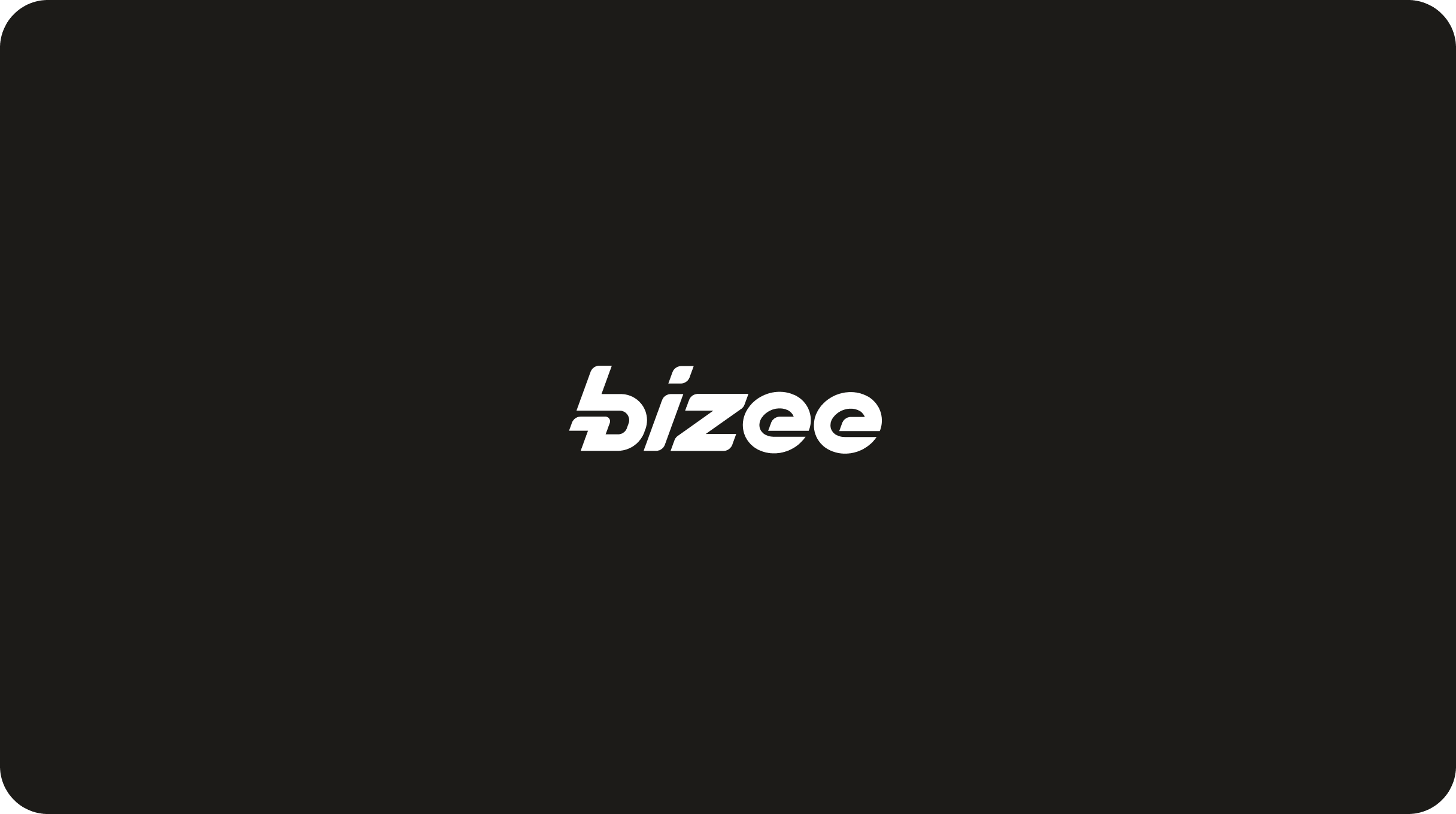Please note: This post contains affiliate links and we may receive a commission if you make a purchase using these links.
TABLE OF CONTENTS
Among the many responsibilities of being a small business owner is funding your own retirement. While you might love running your own company, chances are you don’t want to work until the day you die, either.
The good news? There are actually quite a few great options to save for retirement when you’re self-employed. Here are several types of accounts you can open to help you save for your golden years.
Solo 401(K)
Also known as an Individual 401(k), one-participant 401(k) or self-employed 401(k), the major benefit of a solo 401(k) is that as a business owner you can make both employee and employer contributions. You can also choose to make either pre-tax or tax-deferred contributions.
The contribution limits in 2019 are $19,000 as an employee (you can elect to contribute up to 100 percent of your income). If you’re age 50 and up, you can contribute up to $25,000.
As an employer, you can make additional contributions of up to 25 percent of your compensation. So if your compensation is $50,000, you can contribute up to $12,500. However, if you’re self-employed, there’s a special computation you’ll have to make to figure out exactly how much you can contribute to your solo 401(k).
No matter what your earnings, the total contributions to your individual 401(k) plan cannot exceed $56,000. And, as the name implies, you can't open a solo 401(k) if you have more than one employee.
SEP IRA
If you’re a business owner with at least one employee or someone who generates freelance income, you can open a SEP IRA. With a SEP IRA, your contributions for employee accounts must match the percentage of the salary that you as an employer make for yourself. So if you are the business owner and you set aside 10 percent of your salary toward the SEP IRA, you must do the same for your employees.
Like a traditional IRA, contributions to your SEP IRA are tax-deductible, so the money grows tax-free until you withdraw funds. The 2019 contribution limits are 25 percent of one’s income, or up to $56,000.
If you're opening a solo 401(k), you won’t need to open a SEP IRA too — they essentially perform the same function.
SIMPLE IRA
A Savings Incentive Match Plan for Employees Individual Retirement Account is known by the abbreviation "SIMPLE IRA," and is a good option for small business owners with multiple employees. With a SIMPLE IRA, you and your employees can make pre-tax contributions to the plan. The contribution limit caps at $13,000 in 2019, and there’s a $3,000 catch-up contribution if you’re 50 or older.
As the employer, you’ll need to make either matching contributions (you can match up to 3 percent of an employee’s compensation) or non-elective contributions, which are paid regardless of whether the employee makes contributions to their plan. Contributions made to SIMPLE IRA accounts are also tax-deductible.
Traditional or Roth IRA
While there’s no such thing as a self-employed IRA, a traditional or Roth IRA shouldn’t be overlooked. Because they’re easy to open (and you might already have an existing account), an IRA is a great way to save for your own retirement. If your business is in its beginning stages and still growing, an IRA is a great place to start tucking away funds for your nest egg.
In 2019 the contribution limit for both a traditional or Roth IRA is $6,000, and there’s a $1,000 catch-up limit if you’re age 50 or older. While the contribution limits are the same, the major difference between these accounts is when you’ll be taxed.
With a traditional IRA you contribute pre-tax money and pay taxes on withdrawals later, which in turn lowers your taxable income now. With Roth IRAs, your contributions are made with post-tax income, so there's no upfront tax break — but you won't pay any taxes on the money when you withdraw it.
So which one should you make contributions toward? As no one can predict the future, it’s tough to know which type of IRA to contribute to. A general rule of thumb is that if you’re in a lower tax bracket now than you expect to be later, consider contributing to a Roth IRA (since you'll get to withdraw those contributions tax-free). If you’re in a higher tax bracket now than you expect to be in retirement, contributing to a traditional IRA might make more financial sense. If you’re on the fence, you can also open both a traditional and Roth IRA to divvy up your contributions.
Health Savings Accounts (HSA)
While Health Savings Accounts (HSA) are created for paying out-of-pocket medical expenses, they can be used as a vehicle for retirement too. If you have a high-deductible health plan (HDHP), you're eligible to open an HSA. Instead of spending on eligible medical expenses, some HSAs have a brokerage account, or can link to a brokerage account for your investments.
The 2019 contribution limits for HSAs are $3,500 for individuals and $7,000 for families. Plus, there’s a $1,000 catch-up contribution if you’re 55 and older. Besides investing your HSA contributions for retirement, HSAs provide a powerful trifecta of tax savings:
- Your contributions aren’t subject to federal taxes
- Earnings from investments and interest on HSA contributions are tax-free
- Distributions from an HSA to pay for eligible expenses are also tax-free
As you can see, HSAs are definitely worth looking into as a way to save for retirement.
One thing you’ll want to keep in mind when saving for retirement is tax diversification. In a nutshell, tax diversification is varying when and how you’ll be taxed. To help with tax diversification, you’ll want to invest in different types of retirement accounts so you can manage your strategy based on your income.
The bottom line is there’s no such thing as the "best" retirement plan for all self-employed individuals — it depends on the type of business you own as well as your personal needs, situation and preferences.
Want to learn more about how to save for retirement when you’re self-employed? Check out Bizee’s Learning Center, where you’ll find a vast number of articles and resources to help wrap your head around saving for your nest egg.
like what you’re reading?
Get Fresh Monthly Tips to Start & Grow Your LLC

